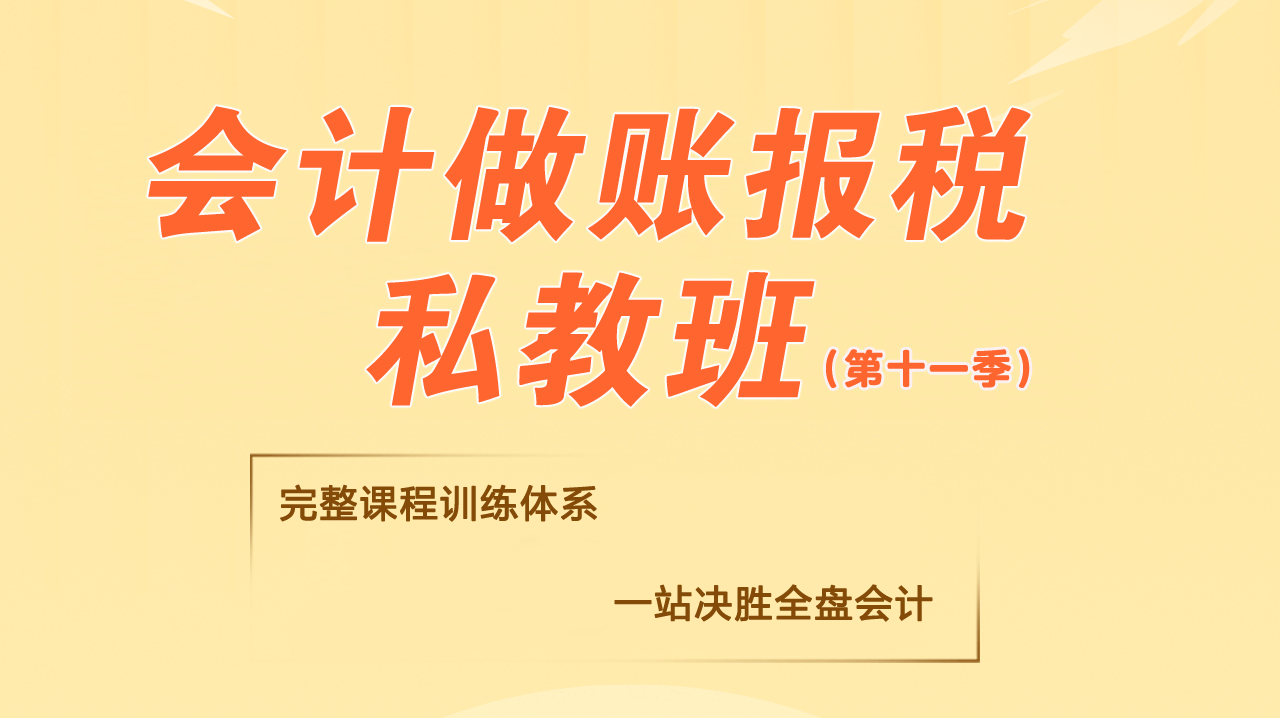中国投资者已为股指期货做好准备(双语)
股指期货本周五将在中国首次推出,在开放市场方面迈出了投资者期待已久的一步。中国投资者一直渴望新投资产品的推出。
股指期货的推出,使中国投资者首次可基于对整体市场将会下滑而非仅仅上涨的预期,而进行交易。
分析人士称,无法就市场下滑预期进行交易推动了中国股市的泡沫化。因市市场看跌派别无选择,只能卖出,这给了市场看涨派与其人数不成比例的巨大影响力。
股指期货还将为投资者判断价格走势提供先行指标。
股指期货的筹划已有10年之久,部分原因是市场监管者不愿推出恐会造成市场不稳定的产品。分析人士称,股指期货此次推出仅仅是中国市场略微现代化的一个标志,而对股指期货参与者的资格及参与者如何进行交易的限制,将削弱股指期货释放价格信号的能力。
股市监管层选择了一个平稳时机推出股指期货,中国股市的基准指数上证综指今年下滑3.4%.分析人士称,股指期货开始在中国金融期货交易所交易时,很可能会上涨,为现行股价提供坚实的支撑。中国金融期货交易所是上海期货交易所的一个附属机构。
股指期货以沪深300指数为标的指数,沪深300指数的成份股是在沪深两市上市的300只大盘A股。2010年迄今,沪深300指数已下滑4.6%,周四收盘比前一交易日下跌0.3%.该指数在2009年的涨幅约为54%。
多年以来,分析人士常常将中国股市的巨大波动性部分归咎于缺乏股指期货机制。去年上证综指上扬80%,前年下跌65%,而在2007年则上涨97%。
中国市场监管层已推出主要大宗商品的期货交易,该类市场较为开放,交易量最大的期货品种中,铜及食糖的期货交易最为活跃。
有关部门已经对与金融产品、特别是股票挂钩的期货产生兴趣,虽然金融期货的交易活动被认为是华尔街2008年陷入崩溃的罪魁祸首。
但和华尔街以房地产为基础的复杂产品不同,中国的期货产品被认为是很简单的。
另外,中国政府采取了谨慎的行动。很多个人投资者和公募基金等其他投资者都将不能立即参与股指期货交易。
目前已有大约7,000个用于交易股指期货的投资账户开立,相比之下,股市的账户数量多达1.21亿。这也意味着股指期货的交易不会怎么活跃。
上个月,中国金融期货交易所(简称中金所)总经理朱玉辰表示,已开设期货交易账户的投资者中,98%都是个人投资者。
分析人士认为,股指期货清淡而偏向散户的交投,在刚开始的时候可能会带来价格的大幅波动。
近几个星期,同某些个股挂钩的产品获得监管层放行,包括保证金交易和做空交易。这些产品的交易活动也受到规则的限制,自上个月开始以来,其成交量一直很低。
开始阶段,股指期货将在每个到期月份的第三个周五到期,第一批是5月、6月、9月和12月到期的合约。
中金所为上述四张合约设定了一个3399点的基准价,略高于周四的收盘价。分析人士说,基准价处在沪深300指数近期波动范围内,并且是监管层选择的幸运数字。在广东话中,“3”听起来像“升”,“9”就像是“久”。
上海中期期货经纪有限公司(Shanghai Cifco Futures Co.)的分析师经琢成表示,中金所为四张合约设定同一个基准价格,可能是想限制其间的套利交易。
据中金所发布的规则,合约价格每交易日波动幅度的上下限均为10%。
长城伟业期货(Great Wall Futures Corp.)驻上海的分析师陈树强估计,流动性可能最好的5月份合约、6月份合约,其合理价值相比沪深300指数现货价格分别有15点和29点的升水。
China Investors:Ready For The Futures
Stock-market-index futures are scheduled to make their debut Friday in China,a much-awaited step to liberalize markets amid investors' hunger for new investment products.
Futures will for the first time give investors in China the ability to make trades based on their expectations the overall market will fall,not just rise.
Analysts say the inability to do that has helped fuel Chinese stock-market bubbles because bears have no choice but to sell,giving disproportionate influence to market bulls.
The futures will also offer a leading indicator of where investors think prices are headed.
The futures have been a decade in planning,in part because market regulators were reluctant to allow a product they fear could destabilize stocks. Analysts say the futures mark only a modest modernization,while limits on who can trade them and how they will trade will blunt their ability to send price signals.
Regulators have picked a quiet moment to introduce futures,with the benchmark Shanghai Composite Index down 3.4% this year. Analysts say the futures are likely to rise when they begin trading on the China Financial Futures Exchange,an affiliate of the Shanghai Futures Exchange,giving current share prices a solid underpinning.
Index futures will be tied to the CSI-300,an index of 300 large-capitalization Shanghai- and Shenzhen-listed Class A shares. So far in 2010,the CSI has lost 4.6%,ending Thursday's session down 0.3%. The index gained about 54% in 2009.
Over the years,analysts often blamed the great volatility of China's stock market in part on the absence of stock-index futures. The Shanghai Composite surged 80% last year,fell 65% the previous year and rose 97% in 2007.
Chinese authorities have embraced futures in major commodities and liberalized the market enough to make Chinese futures in copper and sugar among the most traded anywhere.
Authorities have warmed to futures tied to financial products,in particular to stocks,even as activity in financial futures was blamed in Wall Street's 2008 meltdown.
But unlike Wall Street's complex real-estate-based products,China's futures are considered simple.
Also,Beijing is moving cautiously. Many individuals and other participants,including mutual funds,won't be permitted to deal in stock-index futures immediately.
About 7 000 investor accounts have been opened to trade the index futures,compared with 121 million stock-market accounts,also suggesting trading will be limited.
Last month,Zhu Yucheng,general manager of the China Financial Futures Exchange,said 98% of those who had opened accounts to trade futures were individual investors.
Thin,retail-oriented trading in index futures could lead to dramatic fluctuations in their values initially, analysts say.
Regulators in recent weeks permitted trading of products tied to selected individual stocks,including margin trading and short selling. Rules also curtail activity in these products,and volume has remained small since last month's debut.
The initial stock-index futures will expire on the third Friday of each month,starting with contracts in May, June,September and December.
The exchange set a base price at 3399 for all four contracts,slightly above Thursday's close. Analysts said the base price is in the recent range of the CSI-300 Index and has been chosen as a lucky number by the regulator. In Cantonese,'three' sounds like the character for 'rise' while 'nine' sounds like the one for 'long.'
'The exchange probably wants to limit arbitration between the four contracts by setting the base price at the same level,' said Jing Zhuocheng,an analyst at Shanghai Cifco Futures Co.
The contract price will be permitted to rise or fall as much as 10% in one session,according to rules published by the exchange.
Chen Shuqiang,an analyst at Great Wall Futures Corp. in Shanghai,estimated the fair value of the May and June contracts,which will likely to be the most liquid instruments,at 15- and 29-point premiums to the spot level of the CSI-300,respectively.



